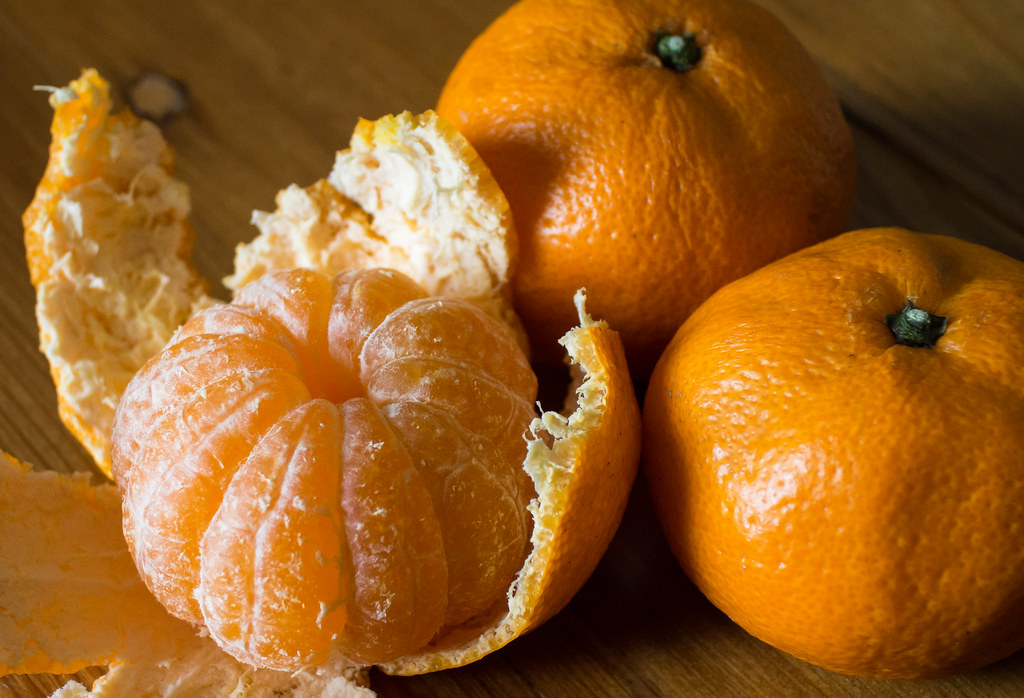Listed as one of the juiciest varieties in the citrus family, satsumas are easy to peel and have a delicate flesh that is packed with a perfect balance of flavors. This not only makes it a quick snack, but a refreshing ingredient in both savory and sweet dishes.
What are Satsumas?
Satsumas belong to the citrus family mainly related to its cousins the mandarin, clementine, and tangerine. The satsuma fruit originates from China where it is referred to as the “seedless mandarin”, however the name “Satsuma” comes from the Satsuma Province in Japan. This province was where this fruit was cultivated for the first time to be exported to the west. It is grown in cool subtropical regions all across the globe.
The satsuma tree is generally a small to medium-sized tree. The tree is sturdy, spineless, and resilient to harsh conditions which makes it an excellent addition to your home garden. The satsuma tree takes about eight years to produce fruit and usually blossoms in the spring.
Satsuma fruit is small to medium-sized and has a shape like a flattened ball. Due to its thin skin, which is easily peeled, it’s a favorite among all age groups. When peeled, it has around 10-12 segments of flesh which are typically seedless.

Types of Satsumas
There are around 100 different cultivars of the satsuma plant, most of which have been produced via years of skillful pollinations. These varieties differ in their time of ripeness, color, quality, quantity, and shape. Most of these varieties are not cultivated commercially. Some popular cultivars include Owari, Silverhill, Brown Select, and Early St. Ann.
Flavor of Satsumas
Satsumas are juicy, fragrant, and have the perfect balance of sweet and sour flavor. Although satsumas resemble clementines to a large extent, they are softer in texture and milder in flavor.

Benefits of Satsumas
Since satsumas are rich in Vitamin C they help in boosting the immune system. Packed with fiber, they can help in lowering blood pressure and cholesterol levels in the body. Satsumas can act as a great natural anti-aging agent since they have high amounts of antioxidants. Moreover, they aid in weight loss, may help to prevent diabetes, and boost mental health as backed up by a few scientific pieces of research.
Uses of Satsumas
Satsumas can be incorporated into a wide variety of sweet and savory dishes. Since satsumas are packed with juice and they are rich in flavor, they can be combined in various sauces that can be served with proteins like fish or chicken for a big flavor boost. You can use freshly squeezed satsuma juice in any of our savory recipes for Chile Braised Pork Shoulder, Sweet Potato Casserole, and Slow Cooker Carnitas.

Satsuma adds just the right amount of tanginess to salads, stir-fries, and BBQ dishes. Try swapping oranges with fresh satsumas in our Wild Rice and Acorn Squash Salad.

Satsumas are also used in various cakes, tarts, shakes, and smoothies. Satsuma jelly is a popular way of preserving this citrus fruit. Moreover, these tangy fruits taste equally appealing in satsuma chutneys, satsuma jams, and satsuma marmalades. If you want to keep it simple, and quick, try making candied satsuma peels using this recipe. Satsumas are also popular in beverages in the form of cocktails, juices, and other drinks.
Feature Image: Flickr user nillamaria ( CC BY-NC-ND 2.0 )



